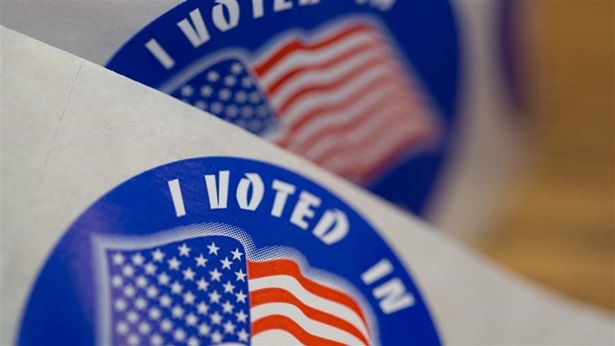Uptick in Social Media Use Among Election Officials
A new report from the Pew Research Center shows an increase in the percentage of registered voters who follow candidates and politics on social media, from 6 percent in 2010 to 16 percent in 2014. Many election officials across the country have joined the trend, tweeting election information and data to provide real-time updates to constituents:
- Secretary of State Matt Schultz from Iowa tracked the number of absentee ballots returned before the election, providing graphics of the data.
- Arkansas Secretary of State Mark Martin provided up-to-date early voting numbers each day since early voting started in the state on October 20.
- Kate Brown, Oregon’s secretary of state, tracked the rate of returned mail ballots and highlighted the counties that had the highest voter turnout.
- South Dakota’s Secretary of State Jason Gant provided information to encourage individuals to register to vote and provided daily voter-registration totals by county.
- During the week before Election Day Kevin Kennedy, from Wisconsin’s Government Accountability Board, provided daily count of the number of absentee and early ballots cast in the state.
- Utah Lieutenant Governor Spencer Cox reminded voters in five counties that they can register and vote on Election Day.
- In addition to sharing election data, West Virginia Secretary of State Natalie Tennant has been recognizing voters who have voted in every general election for the last 50 years using the hashtag #WVvoterhalloffame.
Some of the hashtags trending today include #Election2014, #Vote2014, and #Gettothepolls.
Learn more about our new and free tools that make voting information more accessible.
And follow us on Twitter using #electiondata and get the latest data dispatches, research, and news by subscribing today.


America’s Overdose Crisis
Sign up for our five-email course explaining the overdose crisis in America, the state of treatment access, and ways to improve care
Sign up
Find your polling location, ballot information and voting requirements using this free tool from the Voting Information Project.
Learn more








